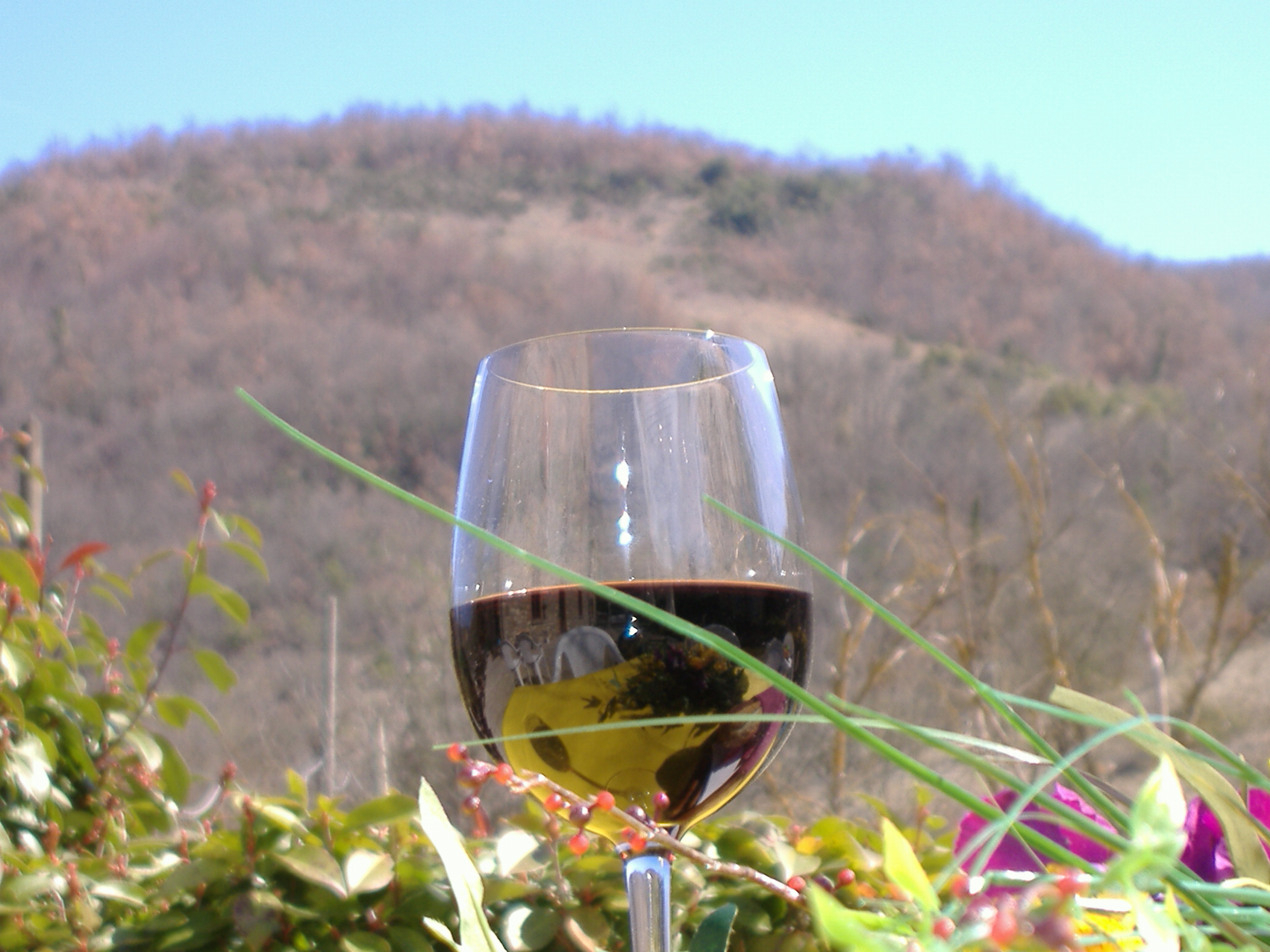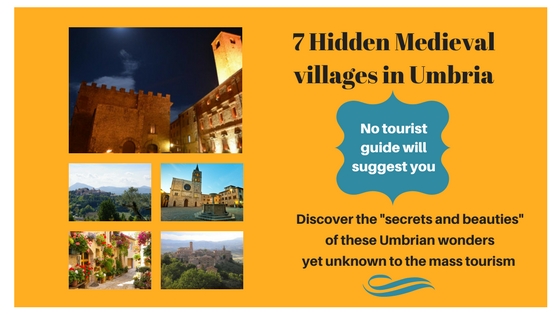Top 4 Umbrian wines to drink absolutely!!!

Top 4 Umbrian wines to drink absolutely!!!
A verdant region full of vinous opportunities.
Bordering on Tuscany, there is the lesser-known and lesser-traveled region of Umbria, the Italian secluded heartland.
Here you’ll find some of the most amazing, delightfully undervalued Italian wines – from the crisp, dry white wines of Grechetto to the deep colored, antioxidant-rich reds of Sagrantino.
Delightfully undervalued Italian wines
Though Umbria has a wine-making tradition that began with the Etruscans over 2000 years ago, the Umbrians spent most of the past two millenia brewing up tiny batches of wine for families and friends, and never tried to compete with their Tuscan neighbours.
While Tuscany nabs the glitzy accolades, Umbria offers an array of grape varieties, wine styles and good prices.
Umbria has something special for every palate!
The principal wines produced in Umbria are:
#1 Sagrantino di Montefalco
A very special red grape grows in Umbria around the small hillside village of Montefalco. The grape is called Sagrantino and it may contain the highest amount of polyphenols (antioxidants) of any red wine, anywhere
Considered a rising star among Italian age-worthy red wines, Sagrantino di Montefalco has attracted wine lovers around the world
Sagrantino grape is aged a minimum of 30 months (the final 12 in wood barrels), has a deep opaque color.
On the palate it is bold with notes of berry, spice and earth flavors, excellent with roasts, lamb, game, and aged cheeses, salami.
#2 Rosso di Montefalco
Less austere and powerful than Sagrantino di Montefalco, this red blend is generally made from 60–70% Sangiovese, 10–15% Sagrantino and 15–30% other grapes, often Merlot or Cabernet Sauvignon
Deep translucent ruby red color with aromas of raspberry, strawberry, cinnamon, leather and rose.
On the palate it’s bold and spicy and is best enjoyed with lasagna, pork or grilled lamb shank.
#3 Torgiano Rosso Riserva
The wine is mostly Sangiovese (50-70%) and the Riserva level is required to age at least 3 years with a minimum of 6 months in bottle.
The grapes for Torgiano Rosso Riserva are sourced from vineyards only in the elevated growing areas in Torgiano township (not in the flatlands)
Torgiano is a sleepy town with medieval walls and an impressive defensive tower located on a hill overlooking the Chiascio and Tiber rivers.
Brilliant semi-translucent ruby red color with notes of raspberry, strawberry, hide leather and subtle potpourri.
This is definitely a wine to set down and enjoy starting around 10+ years from the vintage.
Its bold yet balanced flavor is best enjoyed with roasts and fowl, game, and hard cheeses.
#4 Orvieto DOC
One of Umbria’s best-known wines is white made with the region’s star white grape: Grechetto.
This white grape is most typically made into a fruity-but-dry white wine with aromas of lemon heads, crisp opal apple and strawberries with juicy acidity.
The flavors come from the particular volcanic rock in the area; this wine is best with fish, vegetables, or strong cheeses.
Orvieto is a town founded by the Etruscan in southern Umbria. The town crowns the summit of a massive volcanic butte.
Sheer tufa walls rise from the floor of the Tiber River Valley, eventually blending into the elegant city skyline and the massive Orvieto Cathedral
Let’s Start! We’re going to harvest the grapes
‘Vendemmia’, the harvesting of the wine grapes, is one of the most crucial stages in Umbria winemaking.
The harvest starts at the end of August and beginning of September across Umbria as this is the time of year that the grapes are at their most ripe.
To have a selection of only the healthiest grapes and the need for a gentle handling, although manual labor brings increased cost, grapes are hand-picked by workers.
The grapes are quickly carried to the cellars where they start the next stage of the process: removal of the stems.
The grapes cannot be stored as they will start to ferment, causing the quality of the wine to be damaged.
The fermentation stage of wine production is the most crucial when it comes to ensuring the quality of the overall finish.
…….You may picture Italian farmers stomping
in wooden vats to crush the grapes……..
This did indeed happen in earlier times!!!
During the fermentation the natural sugars from the grapes transform into alcohol with the help of natural yeast from the skins of the grapes.
A visit to Umbria is the perfect opportunity to taste and learn more about different Umbrian wines.
Why not immerse yourself in Italian culture by participating in a wine tasting experience?
Let’s go to discover some Umbrian wonders!!
Download Now the new FREE e-book “7 Hidden Medieval Villages in Umbria”
Click the link right below and follow the directions to have it FREE. 


Leave a Reply